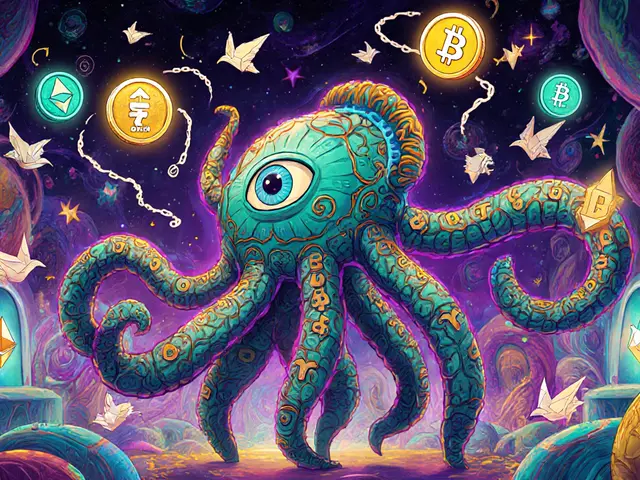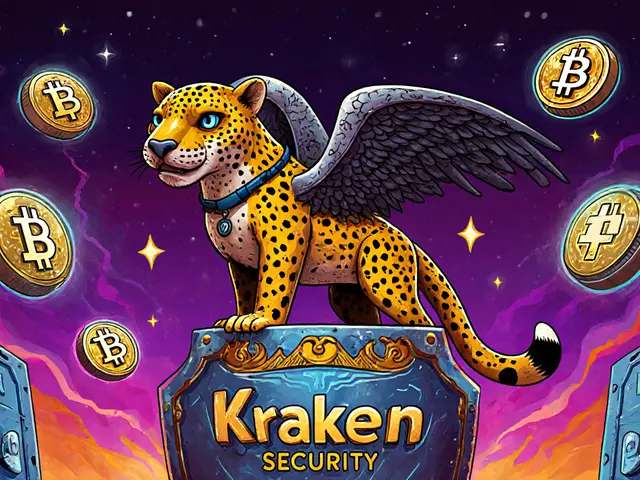Solana Token: What It Is, How It Works, and What You Need to Know
When you hear Solana token, a digital asset built on the Solana blockchain that uses the SPL token standard. Also known as SPL token, it enables fast, cheap transfers for everything from DeFi apps to NFTs—without the high fees you see on other networks. Unlike Ethereum tokens that often get stuck in congestion, Solana tokens move in seconds and cost pennies, which is why projects from DeFi protocols to gaming platforms are moving there.
What makes Solana tokens different isn’t just speed—it’s how they’re built. They run on the Solana blockchain, a high-performance public blockchain designed for scalability without sacrificing decentralization. This isn’t just marketing. Solana handles over 65,000 transactions per second, thanks to its unique proof-of-history consensus. That’s why you’ll find tokens like $RAY, $SRM, and $WIF living here—they need speed and low cost to work at scale. Compare that to older chains where gas fees spike during hype cycles, and Solana’s advantage becomes obvious.
But not all Solana tokens are created equal. Some are backed by real teams, active development, and community use. Others? They’re just memes with no utility, launched overnight and abandoned by morning. The SPL token, the standard for creating tokens on Solana, similar to ERC-20 on Ethereum. gives anyone the ability to mint one—but that also means the market is full of noise. You need to know how to spot the difference: check for verified contracts, active GitHub commits, and real trading volume—not just social media hype.
People use Solana tokens for more than just trading. They’re the backbone of lending platforms like Marginfi, decentralized exchanges like Raydium, and even NFT marketplaces like Metaplex. If you’re into DeFi, gaming, or digital collectibles on blockchain, chances are you’ll interact with a Solana token at some point. And because the network is so efficient, it’s becoming the go-to for projects that want to scale without burning cash on fees.
But here’s the thing: Solana isn’t perfect. It’s had network outages when traffic spiked. Its centralization risks—like reliance on a small group of validators—have drawn criticism. And while the tech is impressive, the real test is whether projects built on it stick around. Most don’t. That’s why the posts below don’t just list tokens—they dig into what’s real, what’s dead, and what’s worth your time. You’ll find deep dives on active tokens, abandoned projects, and the hidden risks behind flashy names. No fluff. Just what you need to know before you buy, trade, or invest.










